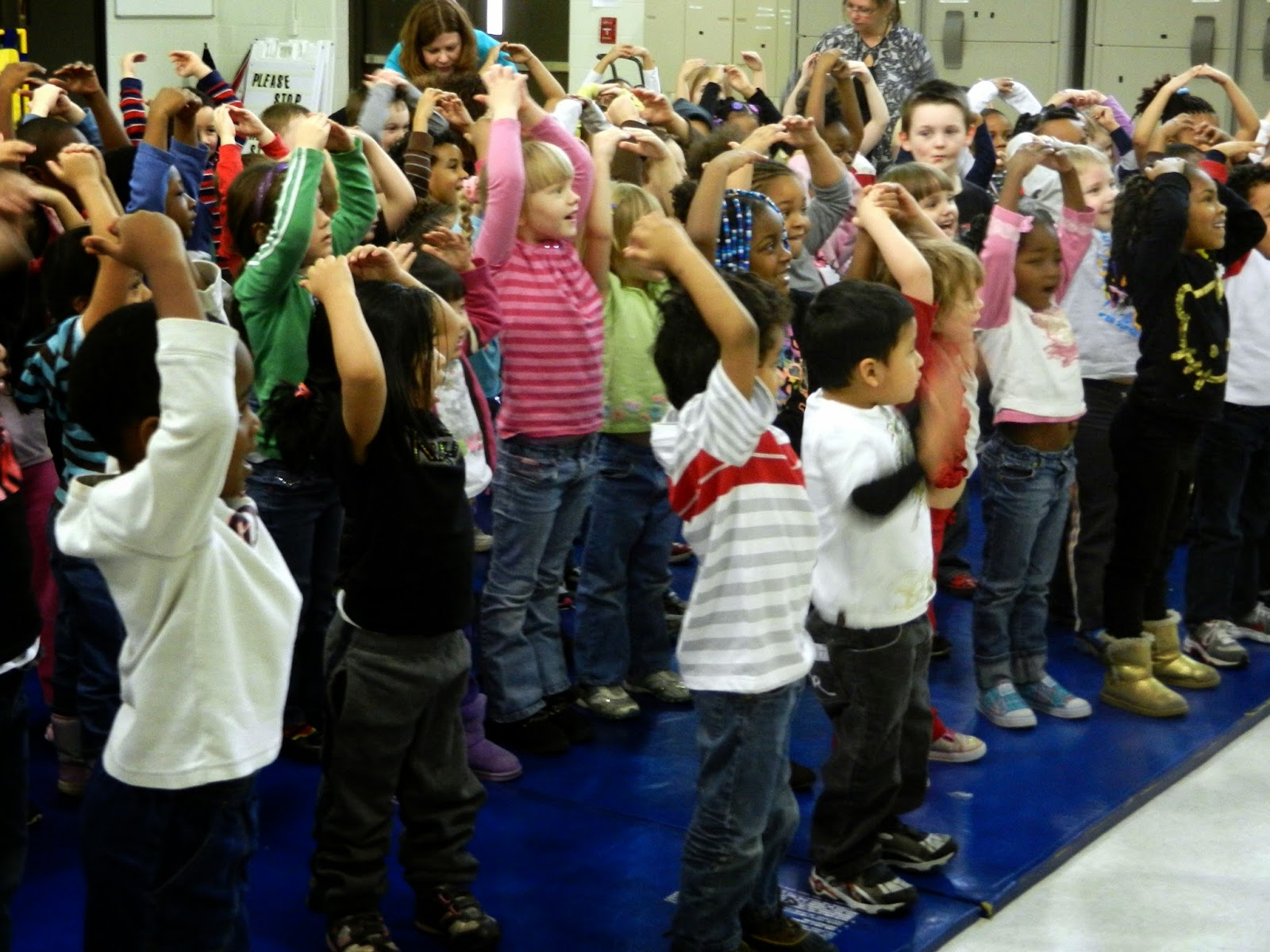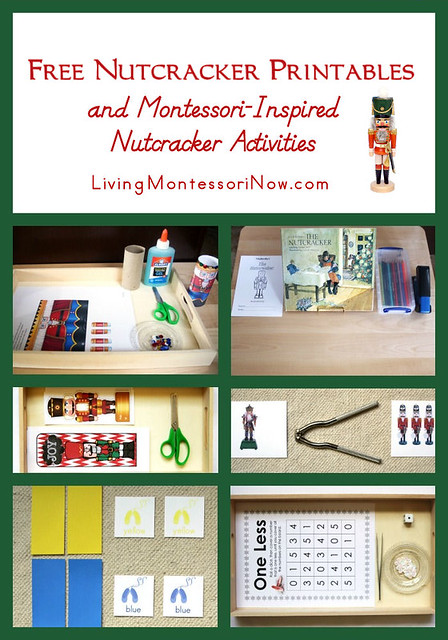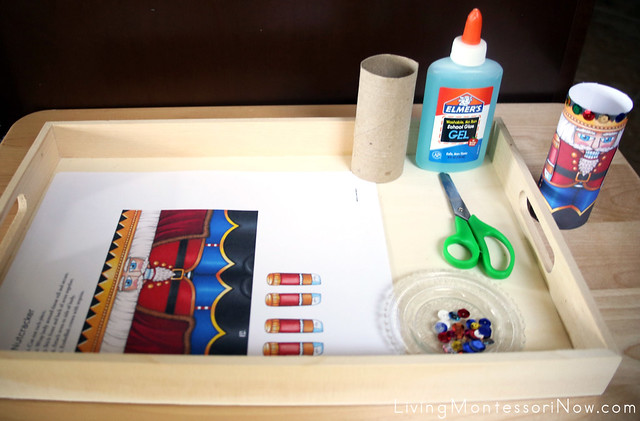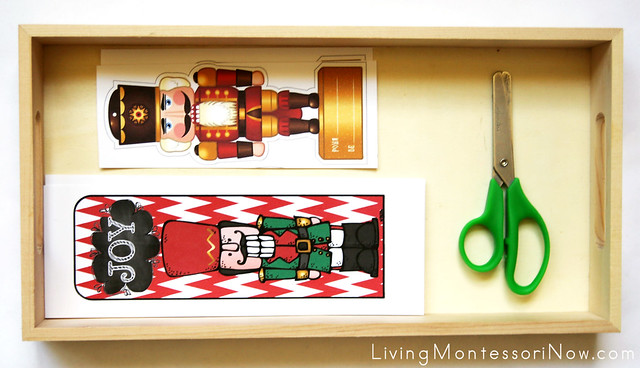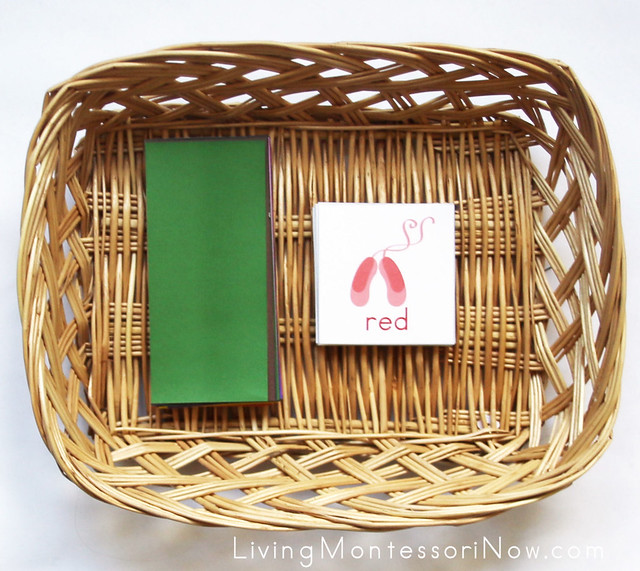I have always been a proponent of multiculturalism. It is one of the things about the US that I hold so dear - the mixture (and welcoming) of all kinds of people. Ever since I was a little girl growing up in Newark, NJ, I was fascinated by the homes of my friends who came from different countries. It was so interesting to hear their names, listen to their languages and share their food. I embraced all their traditions and enjoyed sometimes being invited to share in them.
During this season, I always try to assess a person before saying "Merry Christmas". Many times, if I am not sure, I say "Merry Christmas season - or whatever is it you celebrate!" It has become a season. A season that everyone celebrates whether just for the traditions (lighting a tree, giving money to a Santa to help others or singing traditional songs) or for the religious aspect. Everyone takes from it the part they feel attached to. Here is a song. "Everybody Loves Christmas Time". It celebrates the season in different languages. Download for FREE by using code : ELCT (Available today through 12/12/14.)

 At one school I taught at, the holidays lined up one year, being all near the end of Nov into Dec. At morning assembly, each morning we had a different group of children come up and tell about their holiday without getting religious. Indian children spoke of Diwali. Muslims about Ramadan and Eid. Jewish children talked about Hanukah and then some of the parents cooked latkes in the classrooms. Last, we spoke about Christmas. A mom from Egypt kissed me in the hallway and said "Thank you. No teacher has ever acknowledged our Muslim holidays before." As a music teacher, to me, it was the natural thing to do. (A side note: Ramadan is not always the same time every year. It is based on the Muslim year.) Diwali is usually in October or November. AND ~ Hannukah is not always near Christmas! Do your research!
At one school I taught at, the holidays lined up one year, being all near the end of Nov into Dec. At morning assembly, each morning we had a different group of children come up and tell about their holiday without getting religious. Indian children spoke of Diwali. Muslims about Ramadan and Eid. Jewish children talked about Hanukah and then some of the parents cooked latkes in the classrooms. Last, we spoke about Christmas. A mom from Egypt kissed me in the hallway and said "Thank you. No teacher has ever acknowledged our Muslim holidays before." As a music teacher, to me, it was the natural thing to do. (A side note: Ramadan is not always the same time every year. It is based on the Muslim year.) Diwali is usually in October or November. AND ~ Hannukah is not always near Christmas! Do your research!


In recent years, the holidays that I grew up with and hold so dear have been questioned and sometimes even eliminated from schools. This is wrong. Although we should never cram our religious beliefs onto anyone else, we should still be allowed to celebrate ours - and openly - WITHOUT GUILT. It is possible to respect and acknowledge other holidays and still celebrate ours openly. If we respect others' rights to celebrate, then in turn, others should be happy to have us do the same.
During this season, I always try to assess a person before saying "Merry Christmas". Many times, if I am not sure, I say "Merry Christmas season - or whatever is it you celebrate!" It has become a season. A season that everyone celebrates whether just for the traditions (lighting a tree, giving money to a Santa to help others or singing traditional songs) or for the religious aspect. Everyone takes from it the part they feel attached to. Here is a song. "Everybody Loves Christmas Time". It celebrates the season in different languages. Download for FREE by using code : ELCT (Available today through 12/12/14.)

How sad that we aren't supposed to say "Santa Claus" or "Christmas" in school. When a child comes into class and asks, "Who is that man outside in the red suit ringing a bell?", is the response "I'm not allowed to tell you."? Shouldn't we be teaching children about everyone and ask "What do you celebrate in your home?" In our classrooms, this is a great way for teachers to learn. I was fascinated by Eid, Diwala and Ramadan.
 At one school I taught at, the holidays lined up one year, being all near the end of Nov into Dec. At morning assembly, each morning we had a different group of children come up and tell about their holiday without getting religious. Indian children spoke of Diwali. Muslims about Ramadan and Eid. Jewish children talked about Hanukah and then some of the parents cooked latkes in the classrooms. Last, we spoke about Christmas. A mom from Egypt kissed me in the hallway and said "Thank you. No teacher has ever acknowledged our Muslim holidays before." As a music teacher, to me, it was the natural thing to do. (A side note: Ramadan is not always the same time every year. It is based on the Muslim year.) Diwali is usually in October or November. AND ~ Hannukah is not always near Christmas! Do your research!
At one school I taught at, the holidays lined up one year, being all near the end of Nov into Dec. At morning assembly, each morning we had a different group of children come up and tell about their holiday without getting religious. Indian children spoke of Diwali. Muslims about Ramadan and Eid. Jewish children talked about Hanukah and then some of the parents cooked latkes in the classrooms. Last, we spoke about Christmas. A mom from Egypt kissed me in the hallway and said "Thank you. No teacher has ever acknowledged our Muslim holidays before." As a music teacher, to me, it was the natural thing to do. (A side note: Ramadan is not always the same time every year. It is based on the Muslim year.) Diwali is usually in October or November. AND ~ Hannukah is not always near Christmas! Do your research!
A good resource for learning about different holidays is
Just as when I was a child, I still love to learn about people. Remember to share your traditions and celebrate them proudly. You can do that and respect other's traditions as well.
Be silly. Do the Reindeer Dance!

Antlers and noses are available at most dollar stores. There are 5 verses to this dance. Adjust accordingly for your children's attention spans and ages.






















